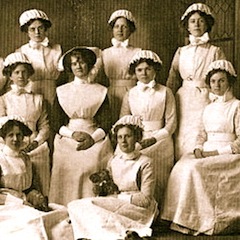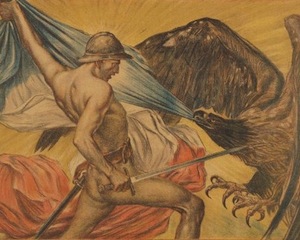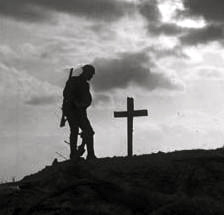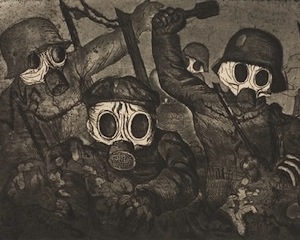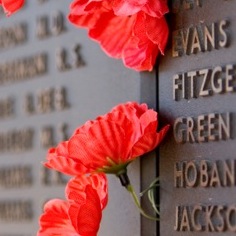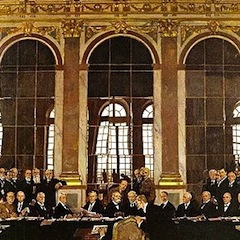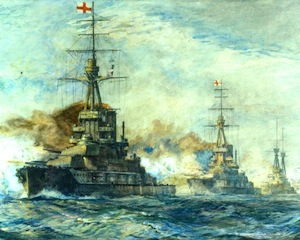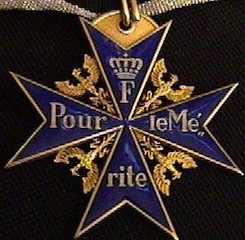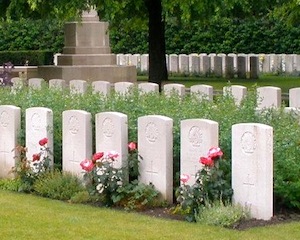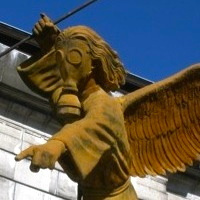|
How I long for the Great War! It will sweep Europe like a broom.
| |
—Hillaire Belloc, July 1914
|
|
The lamps are going out all over Europe; we shall not see them lit again in our lifetime.
| |
—Sir Edward Grey, July 1914
|
They wrote in the old days that it is sweet and fitting to die for one's country. But in modern war, there is nothing sweet nor fitting in your dying. You will die like a dog for no good reason.
| |
—Ernest Hemingway, September 1935
|
BETWEEN 1914 and 1918 the conflict that has come to be known as the First World War spread across the globe and unleashed death and destruction on an unimaginable scale. In many ways we still live with the legacies of this war even though today there is no one left with a living memory of it.
While its focus is on an historical event, this is much more than just a history course. We will take a broad and interdisciplinary approach to our subject. The semester begins by looking at the war’s origins in a series of imperial rivalries and a breakdown of the international system that had kept peace in Europe for nearly a century. From there we will ask how did the psychology of individuals and societies respond to the upheaval and trauma of the war? How did science and industrial technology make this war different than those before it and cause people to question the value of scientific progress? How did religion and philosophy inform moral arguments in favor of or against the war? How did the war influence human expression in literature, visual art and music, both during the conflict and in its aftermath? Finally, how did the peace agreement that followed “the war to end wars” shape the world we live in today and sow the seeds of future conflicts?
The format of this seminar-style course is a combination of lecture and discussion. It is designed for students to develop their ability to read and think critically and to express themselves effectively in writing and speech. The course will introduce students to a variety of texts and academic disciplines and encourage them to explore new ideas and interests. It is also intended to help them improve their research skills and discover their true academic potential.
|


